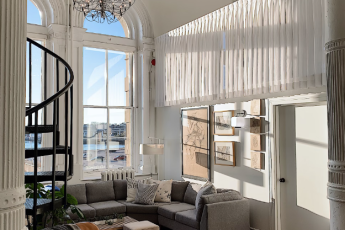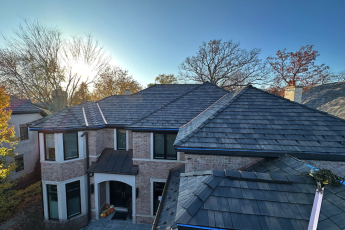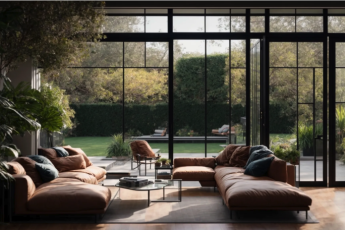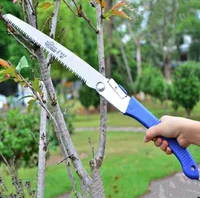Modern Roof Installation Trends and Best Practices
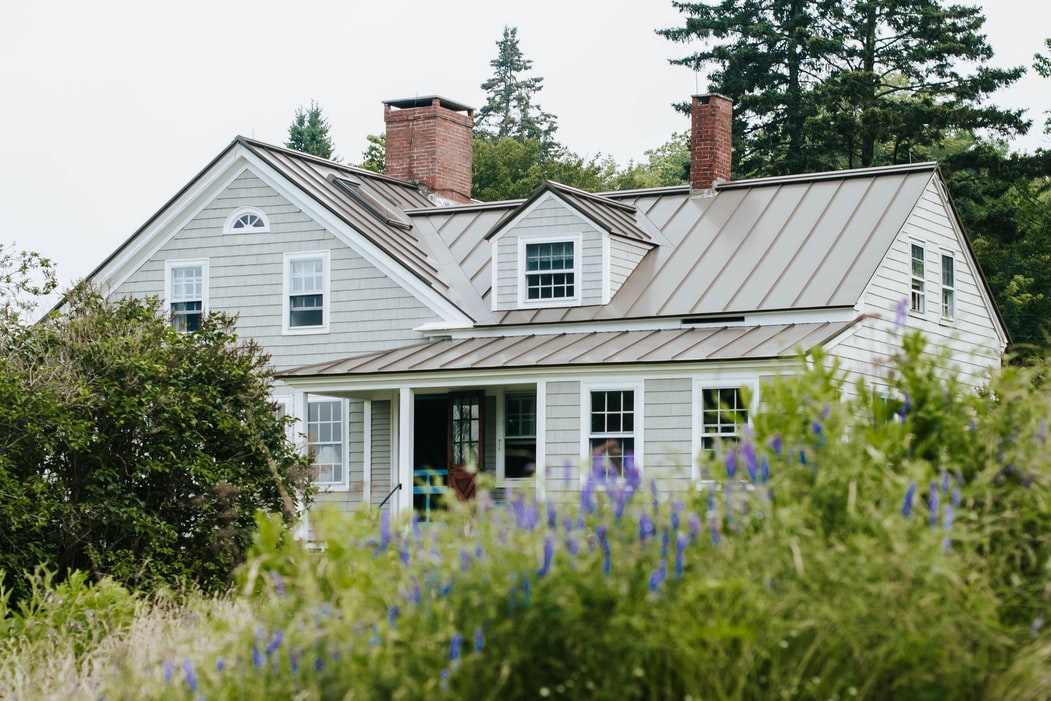
Staying current with the latest trends in roof installation not only enhances your property’s curb appeal but also improves energy efficiency and extends its longevity!
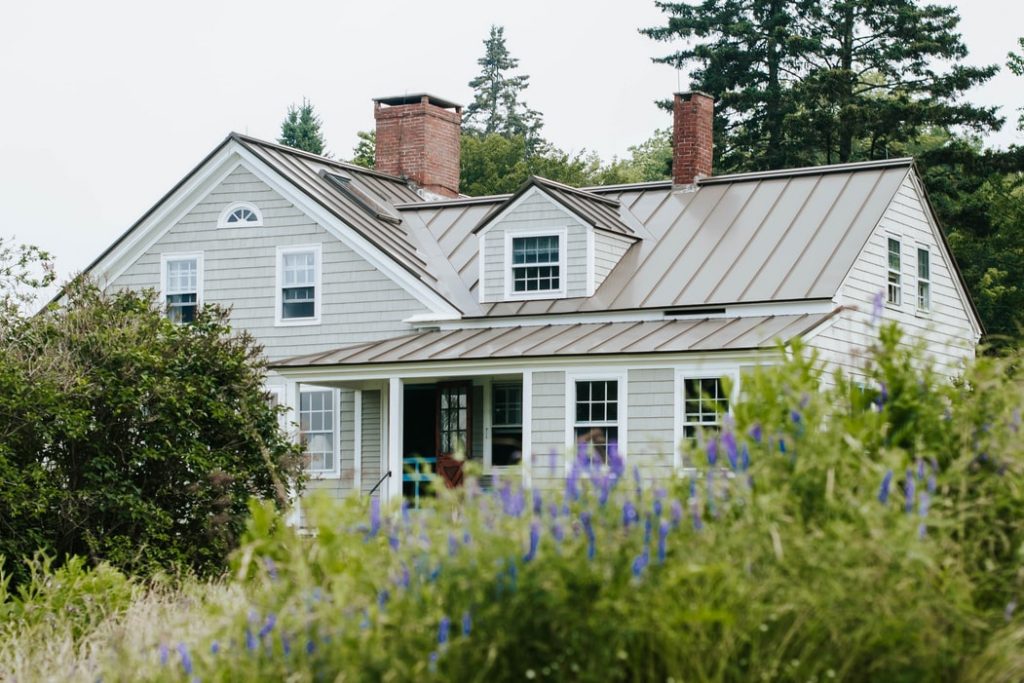
Whether you’re planning a new installation or upgrading your existing roof, adopting a modern approach is key to maximizing your investment and staying ahead in today’s competitive real estate market. In today’s market, homeowners and contractors alike are turning to advanced materials, innovative technology, and sustainable solutions to achieve optimal results. With escalating concerns over environmental impact, premium designs, and structural resilience, the modern roofing landscape is being shaped by both innovation and necessity. When considering major updates or full replacements, exploring re-roofing is often a practical solution for increasing both the value and functional performance of your home, all while ensuring compliance with evolving standards. Modern roof installation combines durability, energy efficiency, and style. It incorporates innovative methods to meet strict standards and increasingly reflects eco-conscious choices. Climate adaptation, advanced materials, and architectural trends also shape today’s roofing practices.
Sustainable and Eco-Friendly Materials
As sustainability becomes a central consideration in construction, eco-friendly roofing materials are gaining ground rapidly. Recycled shingles, made from repurposed plastic, rubber, and wood fibers, help reduce landfill waste and are recognized for their durability and resistance to harsh weather conditions. By minimizing reliance on new raw materials, these products also reduce the energy and emissions required in manufacturing. Homeowners also gravitate toward ‘cool roofs’—these specialized materials reflect more sunlight and absorb less heat compared to traditional options, positively impacting the indoor climate and utility expenses. The increased comfort and lower cooling costs are especially significant in hotter climates. Furthermore, green roofs, covered in living vegetation, provide robust insulation while reducing carbon footprints and improving urban air quality. As the supporting infrastructure for green roofs has become more refined, their ability to mitigate the urban heat island effect and promote biodiversity has made them a standout choice for city dwellers.
Technological Innovations in Roofing
Smart technology is revolutionizing the roofing industry in ways that were previously inconceivable. Drones now conduct high-resolution inspections, eliminating the risks associated with manual roof checks and offering precise assessments of potential issues. Contractors can deploy drones to evaluate areas that might otherwise go unnoticed, generating data more safely and efficiently than traditional methods. Artificial intelligence (AI) systems process this data, predicting maintenance requirements and flagging concerns ahead of time, thus increasing both safety standards and operational efficiency across the board. These tools have become indispensable for building owners seeking proactive, cost-effective solutions that minimize the likelihood of emergency repairs and extend the life of their investments.
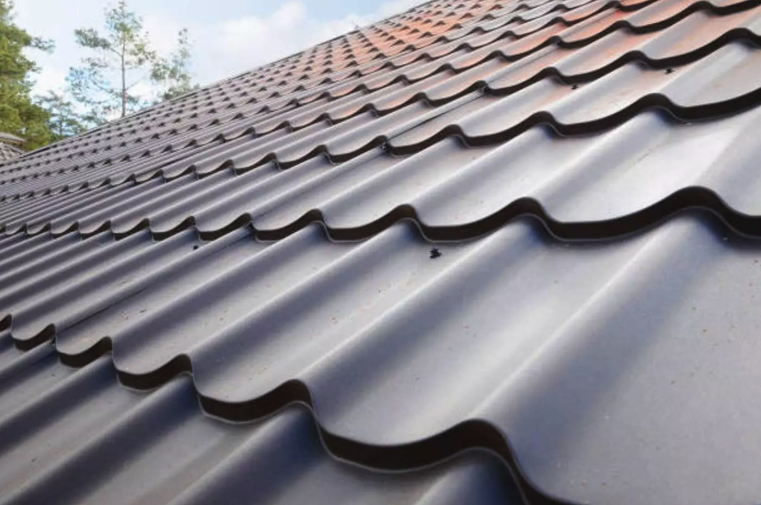
Integrated Solar Roofing Solutions
Solar energy technology has made remarkable strides, moving from large, visible panels to elegant, discreet photovoltaic (PV) shingles. These modern shingles seamlessly integrate with standard roofing materials, enabling homeowners to generate renewable energy without compromising style or property value. Innovative PV tiles are now nearly indistinguishable from traditional shingles, blending seamlessly with new or existing construction. This innovative blend of function and aesthetics ensures solar solutions are more accessible and attractive than ever before. The reduction in household energy bills, combined with available tax incentives, further enhances the appeal of integrated solar roofs for modern homeowners. In many regions, net metering and incentives can help offset the initial investment, making solar adoption a financially wise decision as well as an environmentally sound one.
Green Roofs and Vegetation
Green roofs, increasingly common in urban environments, offer a suite of environmental and structural benefits. These living roofing systems, planted with grasses, shrubs, or even small trees, act as natural insulators—stabilizing building temperatures year-round and reducing the need for heating and cooling. They also absorb stormwater, minimize runoff, and provide habitats for local wildlife, creating a vital green oasis within city landscapes. According to the U.S. Environmental Protection Agency, green roofs also play a critical role in mitigating the urban heat island effect by lowering rooftop and surrounding air temperatures. For many buildings, green roofs also extend the life of the underlying roofing membrane by shielding it from the sun and extreme weather. While they require a more significant investment and specialized care throughout the year, the long-term returns for both homeowners and communities are substantial, with expanded lifespan, property value appreciation, and the intangible value of added green space.
Advanced Insulation and Ventilation
In recent years, roofing insulation and ventilation technologies have undergone considerable evolution, ensuring homes remain comfortable and energy-efficient throughout all four seasons. Modern insulation products utilize advanced materials that deliver higher R-values in thinner profiles, working more effectively to retain heat during colder months and dissipate it during summer. This translates directly to noticeable energy savings and improvements in indoor comfort levels. At the same time, cutting-edge ventilation systems prevent moisture accumulation inside the attic and roofing deck, which can lead to mold, rot, and decreased roof lifespan. Powered attic fans, ridge vents, and smart ventilation controls adapt to climate and usage, maximizing roof performance. These advances make a compelling case for investing in professional, up-to-date roof installation solutions.
Smart Roofing Systems
Home automation is extending to rooftops with the rapid integration of smart sensors and Internet of Things (IoT) devices. These built-in tools continuously monitor key indicators—such as moisture levels, temperature, and structural integrity—alerting homeowners to leaks or potential failures before major problems develop. Real-time data and intelligent notifications enable a proactive rather than a reactive maintenance strategy, safeguarding your investment in the long term. Maintenance and repair teams can utilize this data to streamline inspections, schedule services precisely when needed, and maintain a digital log of roof health over time—significantly enhancing asset management and ultimately extending the lifespan of your roof system.
Best Practices for Modern Roof Installation
- Material Selection: Opt for roofing materials suited to your climate, budget, and sustainability objectives. Researching and evaluating the latest products ensures your investment is future-proof and tailored to your needs.
- Professional Installation: Enlist certified contractors who specialize in contemporary roofing systems and adhere to best practices. Professional installers are familiar with technical nuances and local codes required for optimal performance.
- Regular Maintenance: Establish a routine inspection program to prolong the roof’s lifespan and optimal function. Preventative care, backed by new technology and maintenance apps, helps detect minor issues before they turn into major repairs.
- Energy Efficiency: Consider integrating features like cool roofs or solar shingles to achieve optimal savings. The long-term reductions in energy use directly benefit both your wallet and the environment.
- Compliance: Ensure that all materials and installation procedures comply with relevant local building codes and standards. Staying compliant not only prevents costly penalties but also ensures safety for you and your community.
Staying ahead of the curve with these trends and embracing industry best practices empowers homeowners to make sound choices for both immediate and future needs. By prioritizing innovation, efficiency, and sustainability, today’s roofing projects not only exceed expectations for performance and value—they also help shape a greener, smarter future for our built environment. Investing in modern roofing is about more than simply replacing old shingles: it’s an opportunity to dramatically improve your property’s resilience, comfort, and contribution to a more sustainable society.


